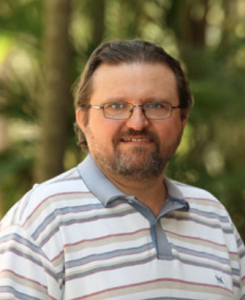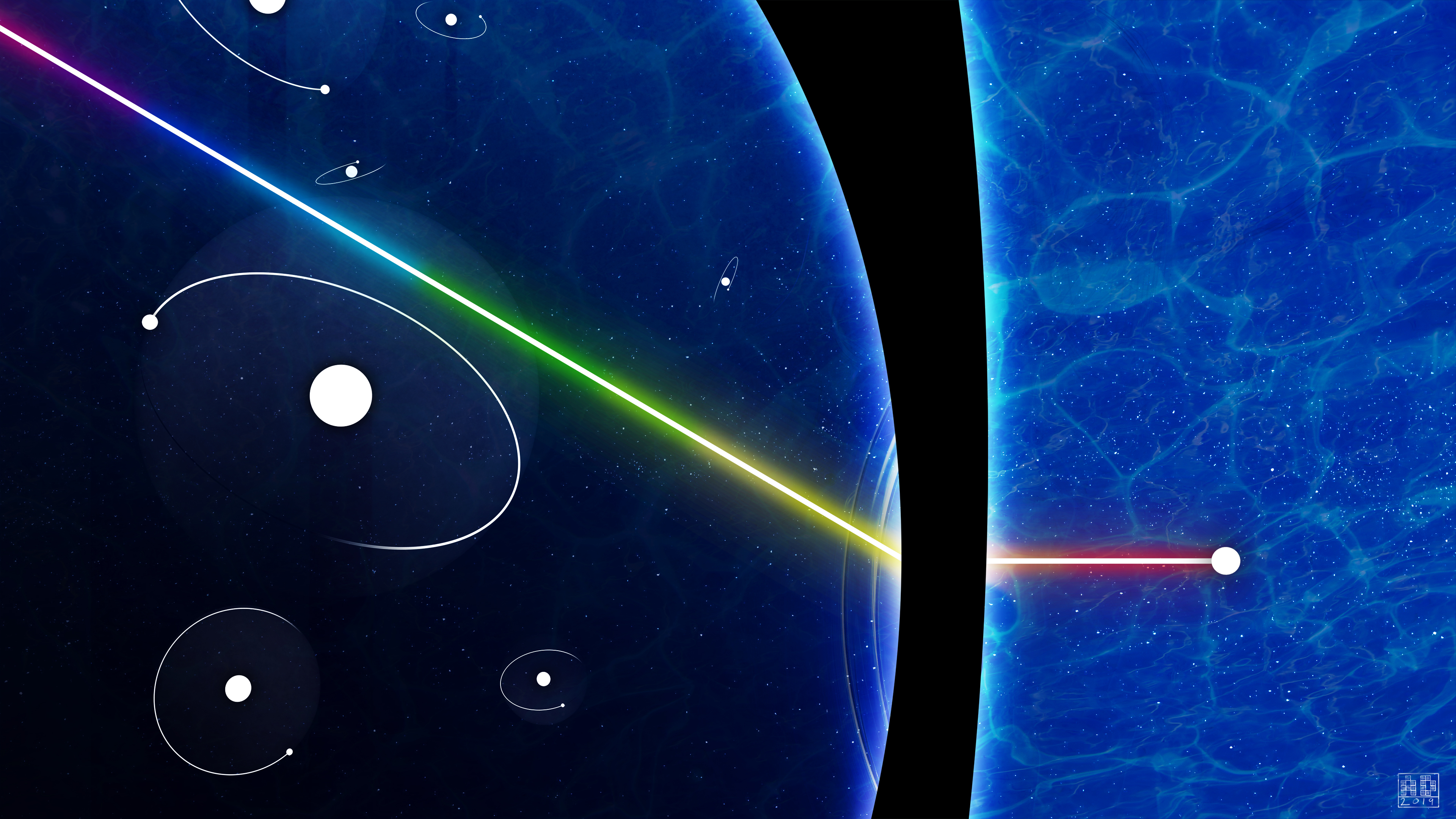An international research team led by Griffith University physicists has solved one of the great mysteries that has plagued scientists since the advent of quantum physics — measuring the time it takes for a particle to tunnel through a barrier.
In quantum physics, “tunneling” is when a particle that encounters a seemingly insurmountable barrier passes through it, ending up on the other side.
In a first, experiments conducted by the Griffith research team using ultra short pulses of light and atomic hydrogen in the University’s unique laser facility have definitively determined the tunneling delay, which is also the time it takes for an electron to get out or ionise from a hydrogen atom.
The article ‘Attosecond angular streaking and tunneling time in atomic hydrogen’ has been published in Nature.
The three-year project was led by Griffith physicists and PhDs alongside a team of international theoretical physicists, with tests carried out at the Australian Attosecond Science Facility at Griffith’s Nathan campus.
Lead researchers Associate Professor Igor Litvinyuk and Professor Robert Sang from the Centre for Quantum Dynamics say the work answers an age old question that “even textbooks treat as a problem to solve”.
Classical vs Quantum
In the classical world, Newton’s laws of physics are what large physical bodies obey.
“If you lean on a wall, that wall pushes back in force so that you don’t go through it,” Prof Sang said.
“But when you go down to the microscopic level, things behave quite differently. This is where the laws of physics change from classical to quantum.”
Tunneling a game-changer
In the quantum physics world, if a particle pushes on a wall it can actually pass through it, which is known as tunneling.

A/Prof Litvinyuk, Professor Sang and the team conducted experiments at the Australian Attosecond Science Facility over three years that measured how long it takes for a particle to go through that wall.
“We use the simplest atom, atomic hydrogen, and we’ve found that there’s no delay in what we can measure,” Prof Sang said.
“Now that we’ve tested this atom, we can benchmark this process with other atoms to possibly learn new physics,” A/Prof Litvinyuk said.
“We know that the test atom gives us zero delay, so all other delays can be calibrated in respect to that.”
The researchers say many everyday items rely on tunneling — such aselectron microscopes and transistors, which all computers have and rely on.
“One limitation you might think of is how fast can I make a transistor work — the ultimate limit will be partly about how quickly quantum particles can tunnel though barriers,” Prof Sang said.
“For a classical computer, it implies a limit as to how quickly you can switch a transistor.
“One law is absolute – which is how long it takes for the speed of light to travel over a certain distance. So the question is: is there some violation to that in terms of tunneling?”
How did they do it?

The team set up an experiment where they used one of the properties of light and turned it into a ‘clock’ called an attoclock.
By sending a pulse of light to interact with a H atom, it sets up the conditions so that the lone electron from that atom can tunnel through a barrier.
“There’s a well-defined point where we can start that interaction, and there’s a point where we know where that electron should come out if it’s instantaneous,” Prof Sang said.
“So anything that varies from that time we know that it’s taken that long to go through the barrier. That’s how we can measure how long it takes.
“It came out to agree with the theory within experimental uncertainty being consistent with instantaneous tunneling.”
The results of this test differed from previous documented experiments as the team worked with hydrogen atoms, which have a simple atomic structure.
“Previous tests elsewhere used more complicated atoms, containing several or many electrons,” A/Prof Litvinyuk said.
“To account for the interaction between different electrons they used
different approximate models. And out of those models they extracted the
times.
“Our model used no approximations because we didn’t have to worry about electron-electron interactions.
“Also, in one of those experiments they measured the relative time delay between two species of atoms and not the time delay for a single atom.”
Extreme science behind discovery
The light produced for the pulses to measure tunneling time at the Australian Attosecond Science Facility had 30 gigawatts of instantaneous power, which is more than the United States power grid.
There were 1000 light pulses per second fired at the hydrogen atom, which means for every millisecond there is one very short light pulse.
“If I stretched the light pulse to be one second long, I’d have to wait 50,000 years until the next pulse of light came through,” Prof Sang said.
“So they’re very short and they’re very intense.
“We know the tunneling time must be less than 1.8 attoseconds — which is a billionth of a billionth of a second.
“It’s hard to appreciate how short that is, but it takes an electron about a hundred attoseconds to orbit a nucleus in an atom.”
Griffith has long supported physics research at the university and has provided significant resources to support the remarkable experimental infrastructure.
